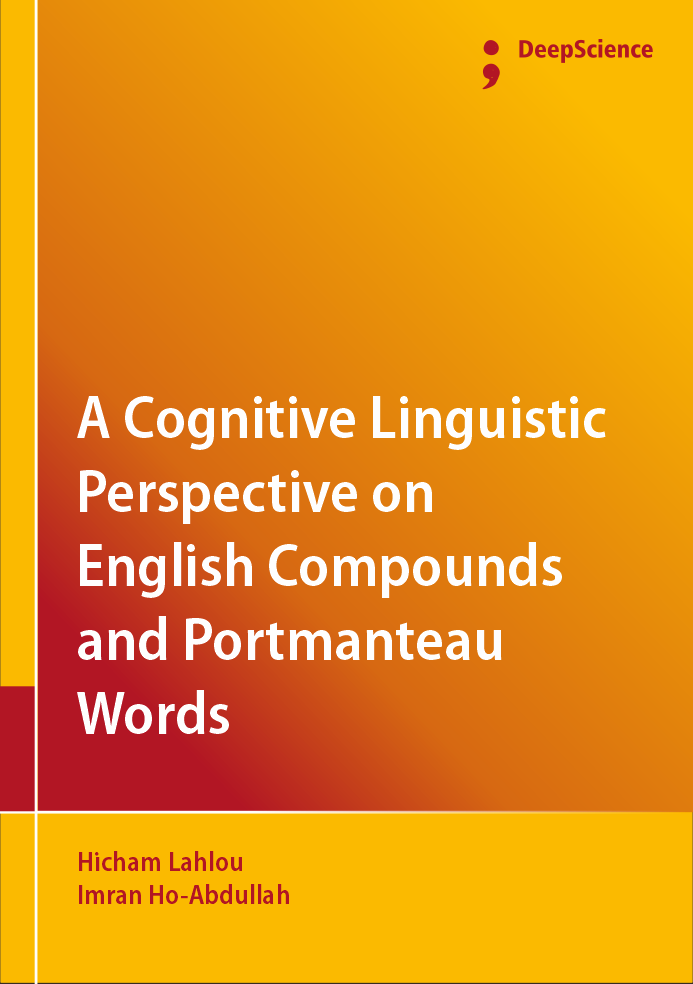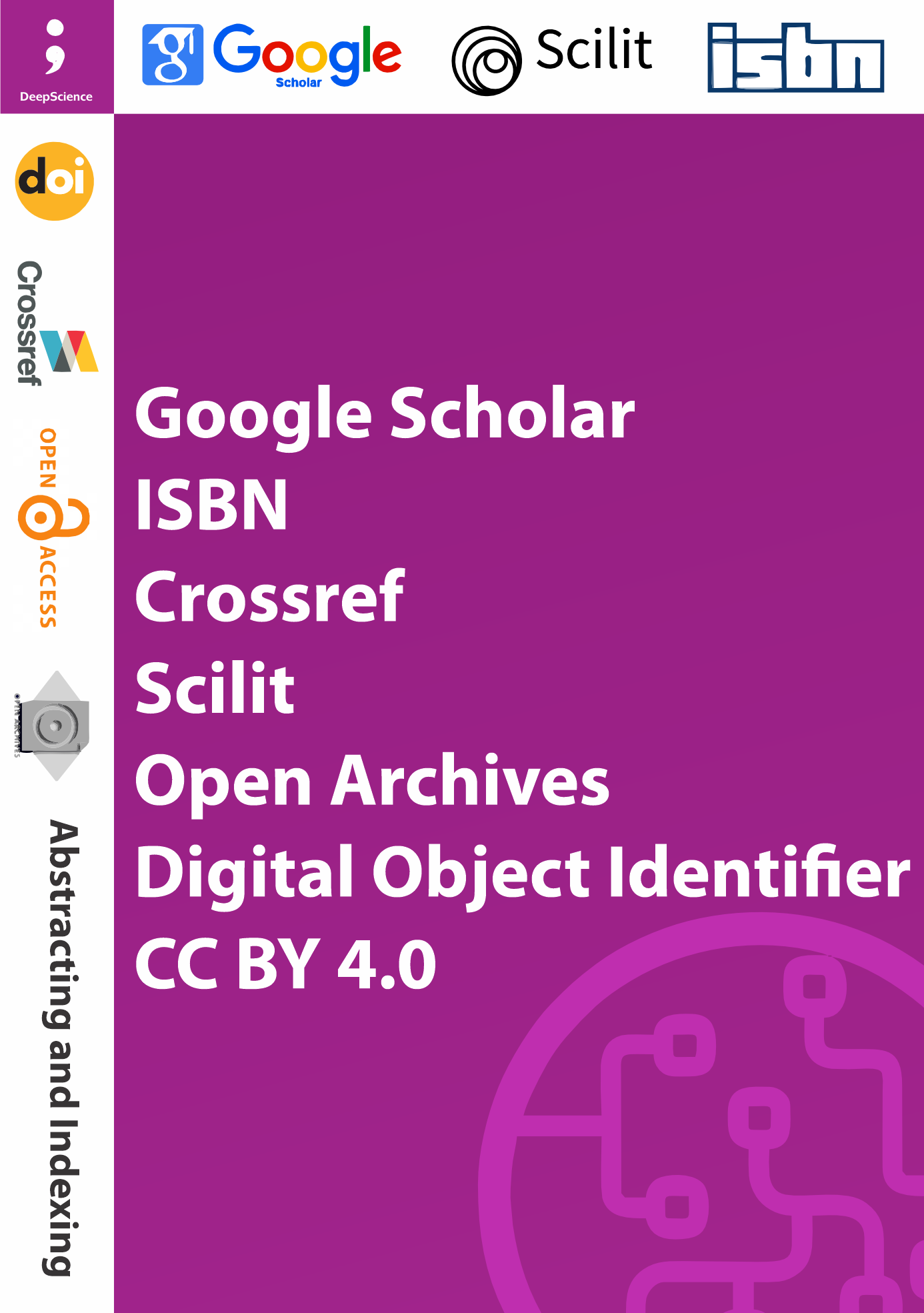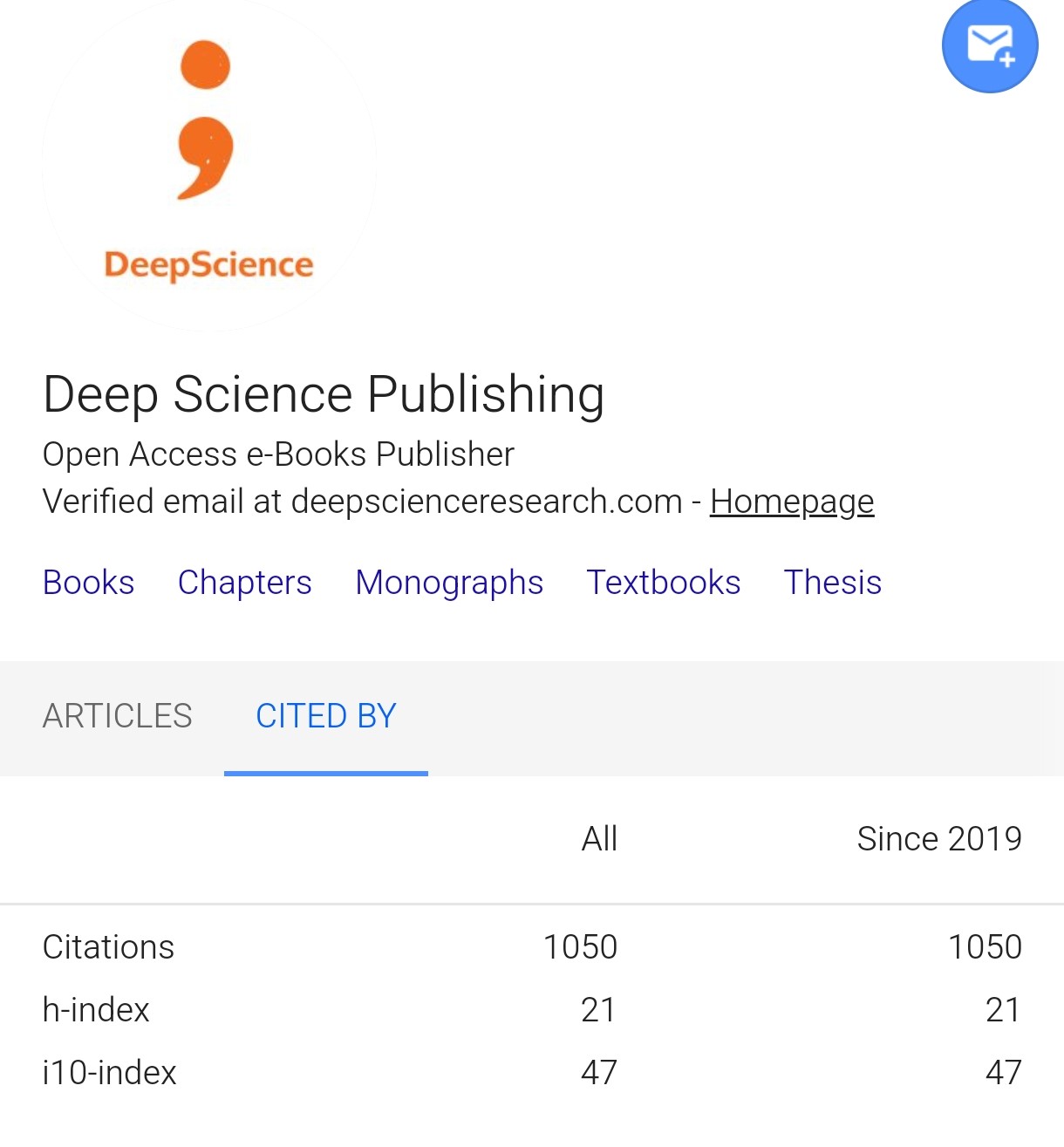A Cognitive Linguistic Perspective on English Compounds and Portmanteau Words
Keywords:
Cognitive Linguistics , English Compounds , Portmanteau Words , Word Formation , Morphology , Blends , PrototypicalitySynopsis
Past research on morphological devices focused more on the processes that follow regular morphological and grammatical patterns. Such a focus has resulted in the marginalisation of several creative, productive word-building processes like acronyms, clipped words, and portmanteau (or blend) words. These morphological devices were considered non-morphological and ungrammatical because they did not fit all the necessary and sufficient conditions under the binary feature methodology used by many theories, including generative linguistics. Notwithstanding its various invaluable contributions, this methodology has left several linguistic phenomena unexplained, considering them as exceptions.
The present book compares the concepts of compounding and blending. In the literature, while the former is considered a regular grammatical and morphological process, the latter is considered non-morphological and grammatically irregular. Thanks to the aforementioned limitations, the current book proposes an alternative theoretical framework that can explain all morphological processes that assist in expanding the English vocabulary. It is believed that the book has significant implications for categorising word formation processes in general, and compounds and blends in particular. We also hope that the book will also inspire more researchers from diverse domains, especially morphology, linguistic typology, and psycholinguistics, to re-evaluate the other “irregular” morphological devices.
It is worth noting that the current book is informed by pioneering prototype theory studies, especially those of Rosch et al. [28,29,61], Cruse [23,24], Aitchison [27], and Lakoff [5,44]. Also, the source schemas proposed in this book were inspired by Adams’s research [7], although the approach she used differs from that of this study. Finally, sincere gratitude is extended to the School of Humanities, Universiti Sains Malaysia.
References
Hamawand Z. Morphology in English: Word Formation in Cognitive Grammar. A&C Black; 2011 Sep 8.
Szymanek B. The Latest Trends in English Word-Formation. In Handbook of Word-Formation 2005 (pp. 429-448). Dordrecht: Springer Netherlands.
Turner M, Fauconnier G. Conceptual Integration and Formal Expression. Metaphor and Symbolic Activity. 1995;10(3):183-204.
Taylor, J.R. Linguistic Categorisation: Prototypes in Linguistic Theory (3rd ed.). Oxford: Oxford University Press; 2003.
Lakoff G, Women, Fire, and Dangerous Things: What Categories Reveal about the Mind. Chicago: University of Chicago. 2008 [1987].
Fauconnier G. Mappings in Thought and Language. Cambridge University Press; 1997 Jun 13.
Adams V. An Introduction to Modern English Word-Formation. Routledge; 2016 Jul 1.
Langacker RW. Language and Its Structure: Some Fundamental Linguistic Concepts. Harcourt Brace Jovanovich; 1973.
Halpern J. Is English Segmentation Trivial. Technical report, CJK Dictionary Institute; 2000.
Bauer L. English Word-Formation. Cambridge University Press; 1983.













